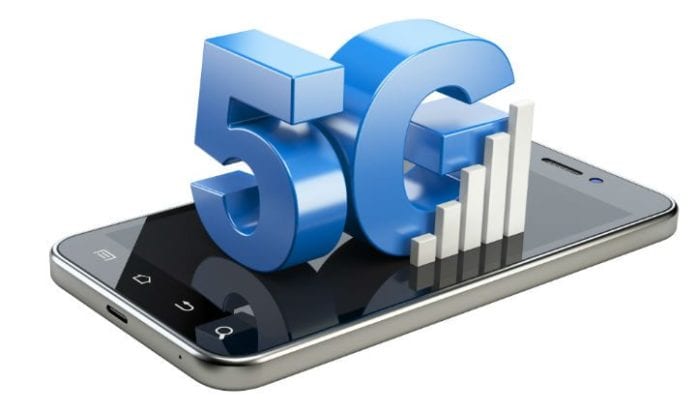With 5G technology expected to become a reality over the next few years, steps are still needed to ensure its success
A diverse group of tech experts and thought leaders recently convened in Aspen, Colorado, to wrestle with some of the biggest technology policy challenges facing the country. Hosted by The Aspen Institute, a nonpartisan international think tank, the conference identified key priorities for telecom policy agenda for the next administration.
One topic that played a prominent role on that agenda was support for the pending “5G” standard for the next generation of wireless communications, which is scheduled to be completed in 2020.
5G technology promises to, quite literally, revolutionize the way society functions. It will provide speeds up to 100-times faster than today’s “4G” networks and will enable uses ranging from ubiquitous streaming video to driverless cars to remote surgery to fully connected smart cities.
Notably, the Aspen meeting came on the heels of a major decision by the Federal Communications Commission in July, to open up very high frequency spectrum (millimeter wave) that will be needed for 5G networks. At about the same time, the White House announced the launch of a $400 million Advanced Wireless Research Initiative that will support the creation of four city-scale testing platforms for advanced wireless research.
These actions are a good start in paving the way for 5G. But crossing the bridge to the networks of tomorrow will be no easy feat. In addition to national leadership, it will require action at the local level.
What has to happen to make 5G a reality?
In addition to the federal government, which has already taken an active leadership role in 5G development, local and state governments will have important roles to play in the deployment of those networks. In particular, they will need to ensure that the technological infrastructure for 5G can be implemented in a timely manner by addressing the issue of physical access.
While there are currently some 300,000 cell towers operating in the U.S., 5G is likely to involve a larger number of much smaller cells – about the size of a household smoke detector. 5G will require more cells because unlike the lower frequency bands that are the mainstay of existing mobile networks, its waves only travel short distances. Since there may well be multiple 5G cells within a single building (or even within a single room) in areas with high demand for service, installing these cells will involve getting permission from not only thousands of municipal governments but potentially from millions of individual landlords.
Cooperation among all the parties involved will be essential, but new rules may be needed to ensure that these gatekeepers don’t become bottlenecks.
Potential regulations
One possible precedent that could apply to the siting of 5G points of presence is an FCC rule in effect since 1996, that prohibits either landlords or zoning laws from placing restrictions on the installation of antennas for satellite, broadband radio or broadcast TV service for personal use. Another approach could be for the FCC to extend its “shot clock” rule that sets a time limit on local cell tower siting decisions.
Making 5G a reality will involve many other policy issues, some new and some familiar. Adding complexity are the facts that unlike the previous generations of wireless standards, 5G will involve combining multiple spectrum bands, will make use of both licensed and unlicensed spectrum and is likely to employ very different technology approaches to supporting different use cases.
Mobile communications has proven to be a highly dynamic field that has seen the emergence of many unanticipated innovations. Even as policymakers act in response to the immediate issues they are facing, they need to resist the temptation to create a “masterplan” for the technology and preserve the flexibility to respond to new and unanticipated opportunities.
What’s at stake
The U.S was one of the first countries globally to introduce 4G and it still leads the world in 4G deployment today, which has contributed to our thriving digital economy and enabled us to be the leading exporter of innovation. The stakes of global competition are even higher now.
As FCC Chairman Tom Wheeler said in a recent speech, U.S. leadership on 5G can lead to a “cornucopia of unanticipated innovative uses” that will improve quality of life and increase economic opportunity.
With so much at stake, it’s time to act to make 5G a reality.
Richard Adler is a distinguished fellow at the Institute for the Future in Palo Alto, California. He has written widely about the future of broadband and its impact on fields such as education, health care, government and commerce.
Editor’s Note: The RCR Wireless News Reality Check section is where C-level executives and advisory firms from across the mobile industry share unique insights and experiences.

